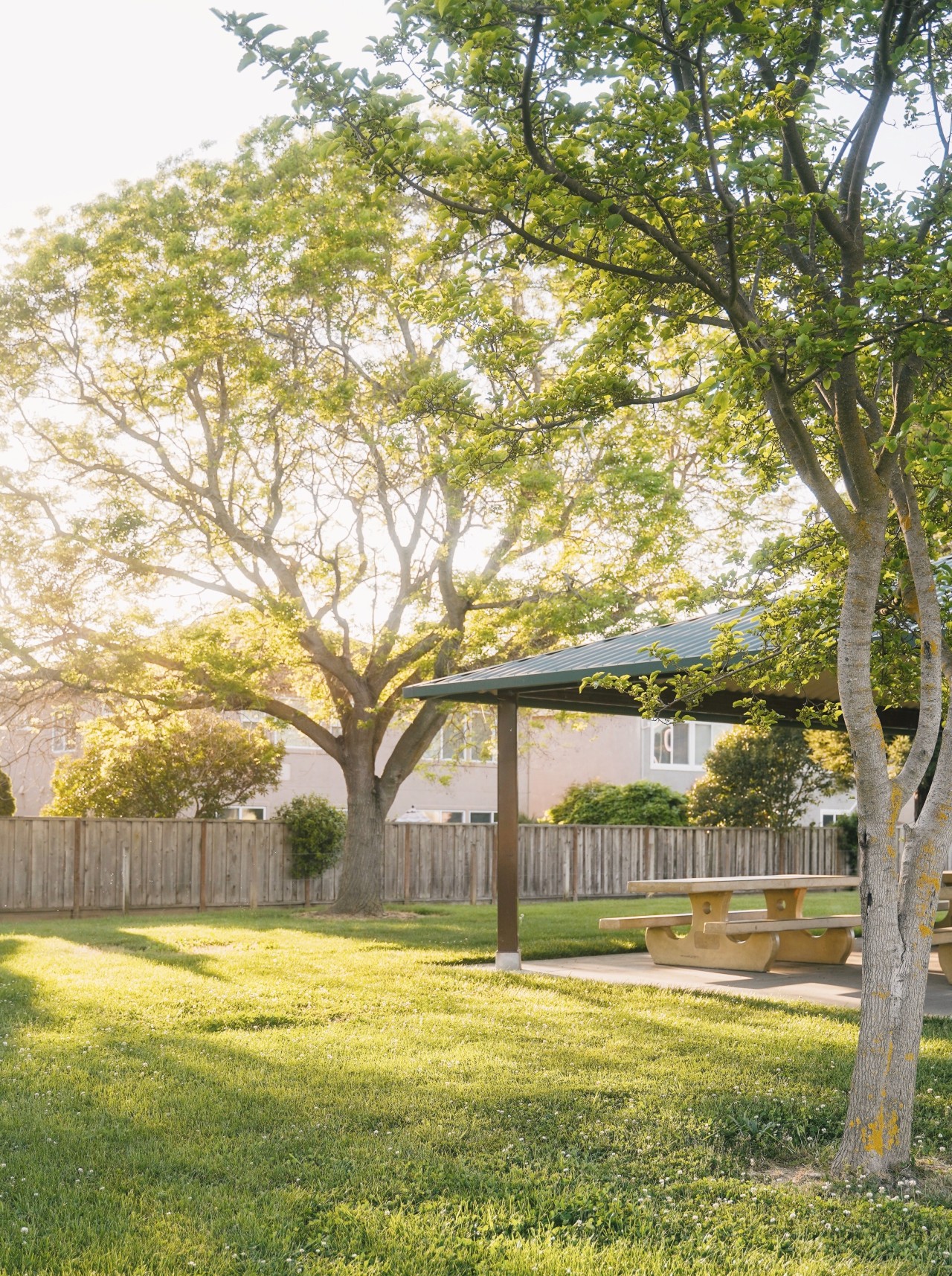5 simple subdivision tips anyone in Auckland can follow
Are you sitting on decent piece of land? Subdividing your property could be easier than you think. These five expert tips could help you get started on your development journey
Navigating the Auckland Unitary Plan can be a daunting and complex process, but the pay off can be extremely rewarding.
Planning Consultant Nafis Rashid of Blueprint Planning says that many people don’t realise the potential their property has under the new Unitary Plan. “Whether you want to build some equity or pay off your mortgage faster, subdividing your property could help you reach your goals,” he says.
We spoke to Nafis to get some basic tips that could help you realise your property's subdivision potential.
1. Know your zone
The very first thing to do is check the zoning of your property.
New Zealand is essentially split into different zones by the local councils. The zone of your property indicates how close, how high and how many dwellings you can have on your land.
You may have heard of a residential zone and business zone but there are plenty more. A simple Google search of ‘Unitary Plan zoning’ can reveal your property’s zone. You can also try searching your address on the Council’s GIS database to identify your zoning.
If you want to subdivide your land to create a vacant site, there are restrictions around the minimum lot sizes and density that you need to be mindful of.
However, if your property falls into one of the following residential zones: Mixed Housing Suburban, Mixed Housing Urban and Terrace Housing and Apartment Zones, a well-designed scheme showing how a proposed dwelling would fit effectively onto the site could mean you won’t have any density restrictions holding back your plans.
Pro tip: Don't be put off by minimum lot sizes under the subdivision rules, with the right team and design you can work within the zone to achieve your desired outcome.
2. Check those hazards
Site hazards, such as flooding, contamination, and land instability, are not make or break for a project, but they are certainly important to know in advance.
Talking to a planner will help you to identify any immediate issues on your site. They can also help you to get the right specialists on board to address potential hazards. It is important to identify these early and accommodate any recommendations in the initial project design.
“Chatting to experts early on will help to take the stress out of the development process,” explains Nafis. “They can advise you on good design outcomes which will help you avoid issues, unnecessary costs, and delays down the line.”
3. Assess the access
This one is an important and tricky one. Consider the driveway access that would serve any new sites. Are there any obstructions in the way that would limit access? As a general rule, a 3m to 3.5m wide unobstructed accessway will ensure you are on the right track. Also, if there is an existing dwelling in the way, can it be relocated or would it be better to remove it and have a blank canvas?
Pro tip: The size and design of access is dependent on the number of parking spaces you’re proposing. Planners and traffic engineers can help to help solve any access and traffic issues.
4. Running taps and flushing toilets
We’re talking about waste water (WW) and stormwater (SW) infrastructure services. Engaging a good civil engineer from the outset will be pivotal here. They’ll help connect the nearest pipes to your new property. If the information you receive seems a bit daunting, get in touch with a planner or architect and let them decipher this for you.
5. Seek out professionals - they love this stuff
We hope these tips will empower you to begin your own research and help you hold your own in conversations about subdividing, but our final tip is: seek out professionals.
They have spent years studying this stuff so you don't have to.
You can get in touch with your local council to arrange a meeting with a planner or engineer, however most consultancies offer a free initial project scoping service as well.
Story by: Blueprint Planning
Photography by: Tom Rumble
Home kitchen bathroom commercial design



